The device and the subtleties of operation of the cultivator gearbox

The cultivator gearbox is just as important as the engine or working parts. The widespread belief that this is just a passing detail is completely wrong. Let us consider by what criteria it is better to choose a gear unit for a motor cultivator and how to use it correctly.
Peculiarities
The soil to be cultivated plays an important role in choosing this element. So, a chain reducer, like a worm gear, performs well on light earth - black earth and sandstone.
If the site is complex with heavy loams, especially full-fledged clay, it is recommended to choose between chain and gear devices.
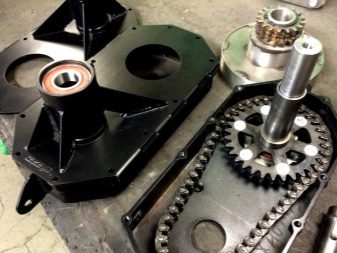
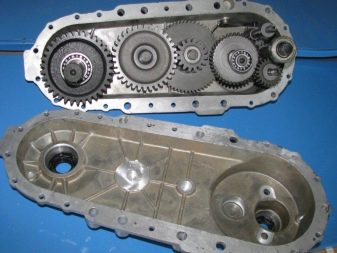
The worm version is suitable only for lightweight and extra-light cultivators that will cultivate well-groomed areas up to 6-8 acres. This method of transferring energy occurs due to the adhesion of the screw to the wheel, covered with teeth of a special profile. When the worm rotates (as the screw is called), the thread moves along its axis. The teeth are pushed in the same direction at the same time. The main part of the wheel spins, and the cutters also receive an impulse from it.
The main properties of this design are:
- smooth movement of the cultivator;
- weak noise;
- cost savings;
- low efficiency;
- excessive heating and powerful waste of oil;
- small resource;
- the impossibility of using the reverse mode and the addition of mounted components.
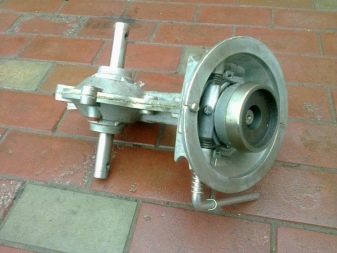
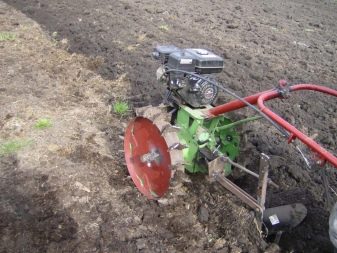
Most of the latest cultivators use chain drives. Simplicity is considered an important advantage of them. There is only a chain and a pair of sprockets: one at the bottom (mounted on the shaft), and the other at the top.
It is worth remembering that chain gear units can be non-separable, they are used if you have to process areas of no more than 15 acres. In this case, the service life of the device may exceed 10 years.

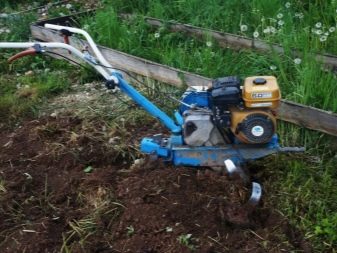
Even experts cannot name the obvious disadvantages of the chain reducer. But its advantages are obvious:
- minimal energy loss between the motor and the cutters;
- affordable price;
- relatively narrow body;
- easy maintenance;
- the ability to reverse.

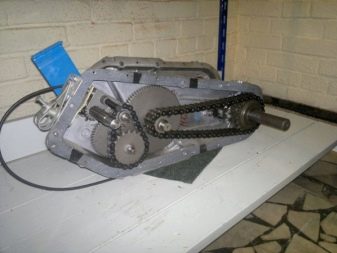
If reliability is in the first place, it is worth giving preference to the gear design.
In most cases, it includes 3 to 5 gears in a closed but disassembled housing. Such devices show themselves very well in the cultivators of the heavy class. They are used even in motoblocks designed to cultivate land with an area of over 25 acres. But it is important to understand that the cost of gear reducers is very high.

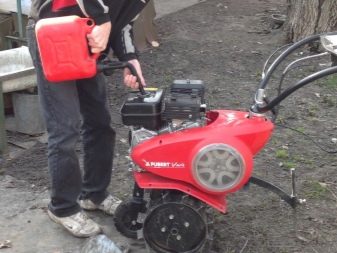
How to disassemble?
Lubricate the gearbox as thoroughly as possible. Even noise can be eliminated by making up for the lack of lubricants. But you should be as careful as possible to the choice of a suitable brand of lubricant, the use of contaminated formulations is unacceptable.
It should be borne in mind that extraneous sounds are often associated with poor tightening of fasteners, wear of bearings and gears. To disassemble the gearbox, you need:
- remove it;
- unscrew the screws;
- remove the protective caps;
- pull out the output shaft sleeve;
- disconnect the lever and then the plug;
- remove the input shaft (in close connection with the gears);
- remove the shaft and chain bushings;
- dismantle the shaft and sprocket block;
- remove the intermediate shaft and gears;
- remove the coupling, axle shafts (assembly is carried out in the reverse order).

Change of oil
- For high-quality operation of the unit, the correct choice of lubricant according to the marking is of great importance. Where temperatures change frequently, an SAE type oil is recommended. API oils are considered a universal solution. Of course, you should also be guided by the instructions in the instructions for a particular cultivator.
- Before filling in a new portion, you must pour out all the used oil. Do not change the lubricant in a heated gearbox; it is better to let it cool down. After adding the liquid, it is worth measuring its amount with a special probe.
- When using the cultivator in normal operation, the gear oil is changed every 100 hours. If the load is very intense, you will have to halve the interval.
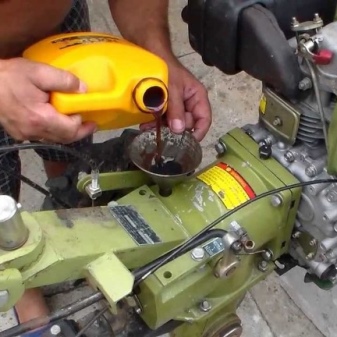

Frequent breakdowns
- Cultivator slippage is most often associated with burst bushings on the chains or on the gearshift system. Experienced farmers always change gears only when they are stationary. By changing them on the go, it is easy to shorten the life of the parts.
- If a star breaks, it is necessary to carefully weld the defect. The fact is that a break is most often associated with insufficient factory welding.
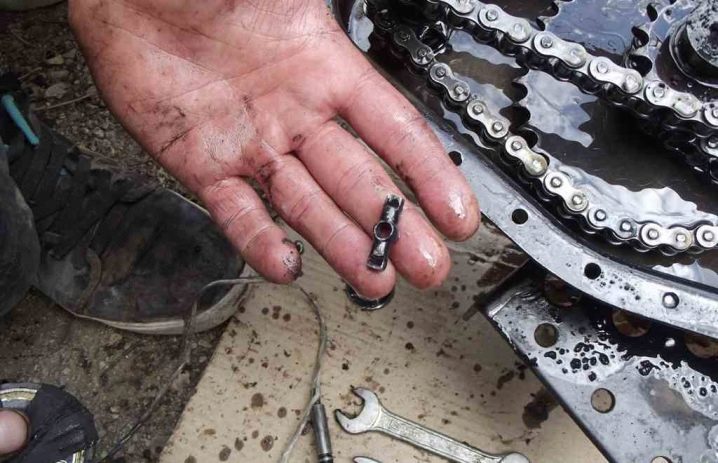
Installing a homemade or replacement mechanism
- If you plan to use the cultivator as intensively as possible, angular energy converters should be used. But such a device is suitable only if the docking of the transmission and the motor occurs through a chain. Reducing gears (they are also creepers) are installed only in conjunction with air-cooled engines.
- The bodies of homemade apparatus are recommended to be cooked from steel plates. In some cases, the shafts of heavy trucks (like "Ural") are used instead.
- Home-made energy converters are launched in the same way as when using the same type of industrial designs. The first starts should not be carried out at high load.
It is necessary to carefully check the serviceability of all parts during assembly. The slightest misalignment of gears and other parts is unacceptable. Regular machine oil is recommended as a lubricant.
For information on how to make a reduction gear without turning work, see the video below.



































































The comment was sent successfully.